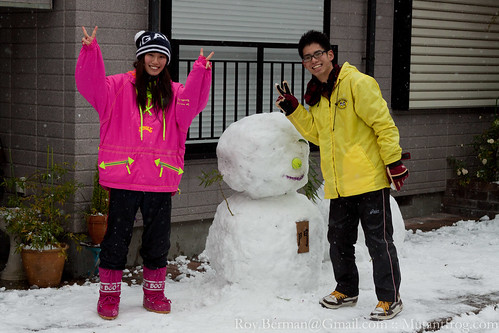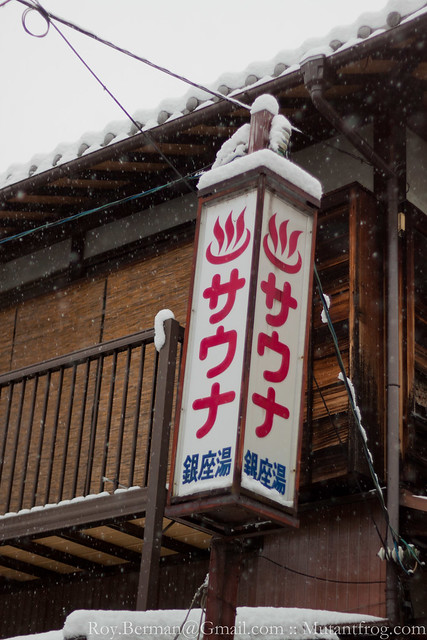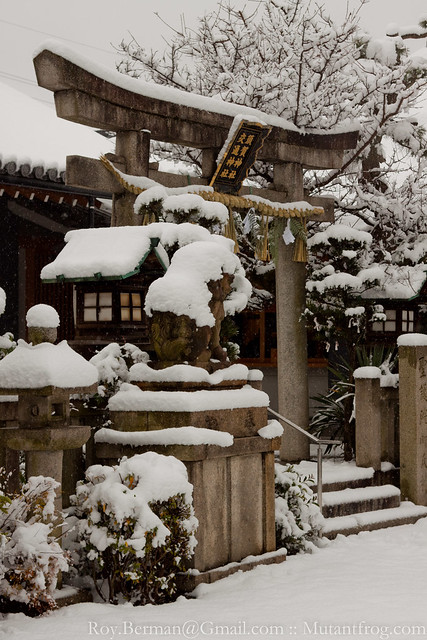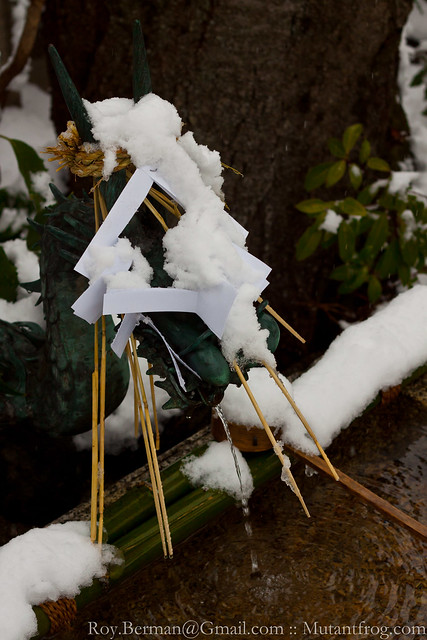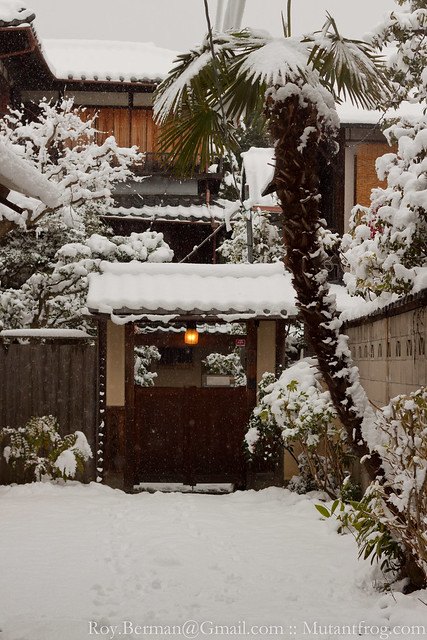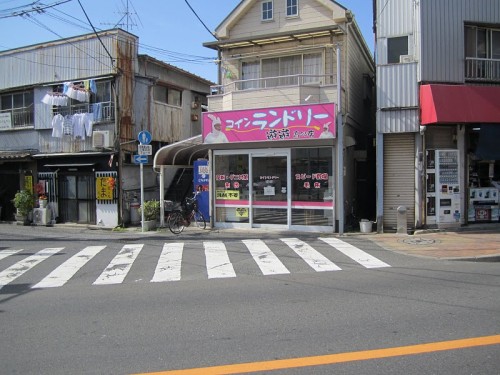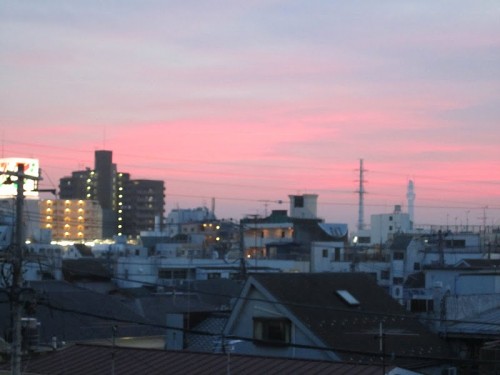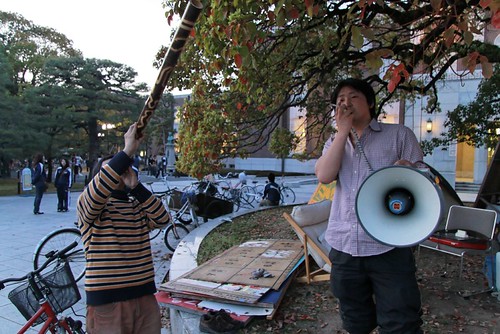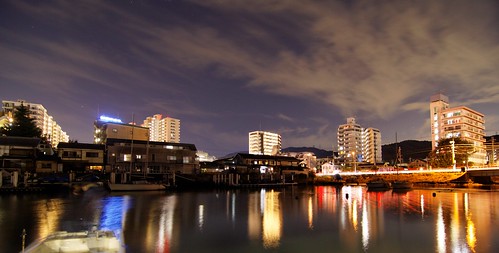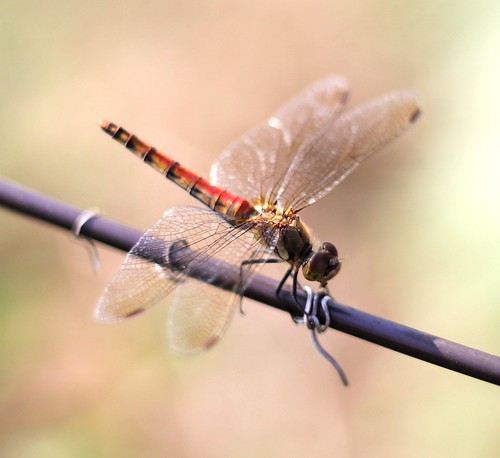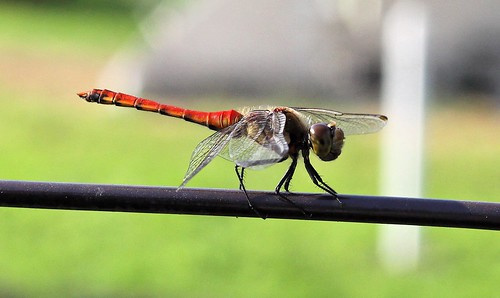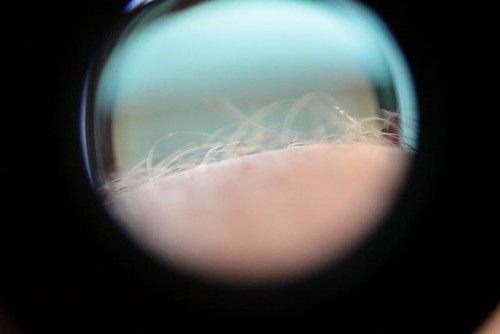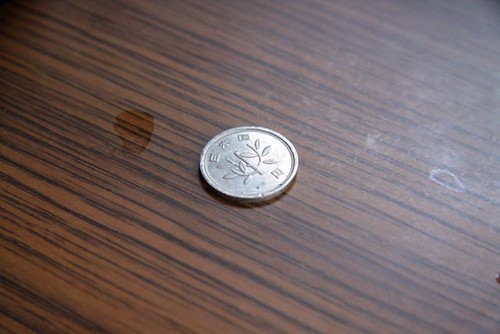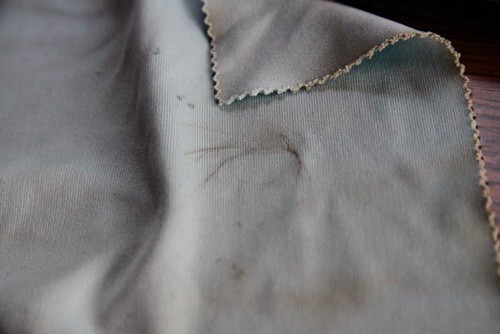Tomorrow (June 21, Saturday) is the 32nd Coney Island Mermaid Parade. The Mermaid Parade, a moderately venerable tradition dating back to 1983, describes itself as “the largest art parade in the nation”, and celebrates the old time beachfront, boardwalk, carnival sideshow culture of the neighborhood.
<a href=”https://www.flickr.com/photos/mutantfrog/9139010022″ title=”IMG_3600.jpg by Roy Berman, on Flickr”><img src=”https://farm8.staticflickr.com/7405/9139010022_ecb5a71d63_z.jpg” width=”600″ height=”400″ alt=”IMG_3600.jpg”></a>
 This will be my fourth consecutive Mermaid Parade, but I grew up being taken often to Coney Island in the summer by my grandparents, who lived nearby, off the Avenue U subway stop, to visit the beach, Astroland Park, and the New York Aquarium. Coney Island was probably nearing the nadir of popularity then. Homeless men squatted under the boardwalk, lighting fires to keep warm that would often get out of control and burn large out sections of the boardwalk above. I vividly remember gaping, charred holes marked off with yellow warning tape. Adults warned not to wander unsupervised far past the boardwalk into the surrounding non-amusement park neighborhood, which was considered particularly dangerous.
This will be my fourth consecutive Mermaid Parade, but I grew up being taken often to Coney Island in the summer by my grandparents, who lived nearby, off the Avenue U subway stop, to visit the beach, Astroland Park, and the New York Aquarium. Coney Island was probably nearing the nadir of popularity then. Homeless men squatted under the boardwalk, lighting fires to keep warm that would often get out of control and burn large out sections of the boardwalk above. I vividly remember gaping, charred holes marked off with yellow warning tape. Adults warned not to wander unsupervised far past the boardwalk into the surrounding non-amusement park neighborhood, which was considered particularly dangerous.
<a href=”https://www.flickr.com/photos/mutantfrog/9136657667″ title=”IMG_3362.jpg by Roy Berman, on Flickr”><img src=”https://farm8.staticflickr.com/7443/9136657667_c5fe2053ba_z.jpg” width=”640″ height=”427″ alt=”IMG_3362.jpg”></a>
Many of the once-proud amusement parks of Coney Island had already closed when I used to go as a kid, with Astroland then the main survivor. Even that eventually closed, in 2008, leaving the venerable Cyclone—the famous wooden roller coaster that opened in 1927—and the primary location of Nathan’s Famous Hot Dogs among the last major traditional attractionsin the area. Of course, other than the beach itself. (For readers who expect everything posted on this blog to have a Japan connection, the July 4 Nathan’s Hot Dog Eating Contest is where Japan’s greatest athlete first rose to fame.)
<a href=”https://www.flickr.com/photos/mutantfrog/9138886722″ title=”IMG_3374.jpg by Roy Berman, on Flickr”><img src=”https://farm6.staticflickr.com/5349/9138886722_83a70fccfb_z.jpg” width=”640″ height=”427″ alt=”IMG_3374.jpg”></a>
Throughout the Bloomberg administration (2002 – 2013) there were continual attempts to redevelop the area, usually as a massive unitary complex with a large indoor shopping mall feel that would have been utterly at odds with the history and style of the neighborhood, but which would have provided better facilities for the blandly tasteful year-round activities that clueless developers and mayoral officials thought were more in demand.
<a href=”https://www.flickr.com/photos/mutantfrog/5856455950″ title=”IMG_8804 by Roy Berman, on Flickr”><img src=”https://farm3.staticflickr.com/2632/5856455950_5255f49237_z.jpg” width=”640″ height=”427″ alt=”IMG_8804″></a>
These potential deals all fell apart after the real estate bubble burst, paving the way for today’s more natural revitalization, which has seen new amusement park rides for the first time in decades, including a new Luna Park, named after a long-defunct Coney Island amusement park and built on the former site of Astroland, and even a major new steel roller coaster, the Thunderbolt, itself named after a long-gone 1925-built wooden coaster, which opened only a week ago as of this post.
A big part of what kept Coney Island’s local culture on life-support long enough to return is the non-profit organization Coney Island USA, based in the landmarked Childs Restaurant building, who run the Coney Island Museum, Sideshows by the Seashore, and the Shooting Gallery/Arts Annex. And, most relevant, they are the official organizers of the Mermaid Parade.
To get a nice summary of Coney Island history, check out this podcast (Part 1, Part 2) by The Bowery Boys, who do a New York City podcast I enjoy, or see the accompanying blog post with some cool old photos.
Naturally, I took a whole lot of photos all three times and even after winnying them down to good one still had a few dozen for each year, so I’m embedding a handful of photos in-line and then linking to the Flickr galleries.
2011 Mermaid Parade Photo Gallery
<a href=”http://www.flickr.com/photos/mutantfrog/5855900077/” title=”IMG_8799 by Mutantfrog, on Flickr”><img src=”http://farm4.staticflickr.com/3060/5855900077_b9c60d92c6_z.jpg” width=”600″ height=”400″ alt=”IMG_8799″></a> <a href=”http://www.flickr.com/photos/mutantfrog/5856464348/” title=”IMG_8884 by Mutantfrog, on Flickr”><img src=”http://farm3.staticflickr.com/2711/5856464348_7dc965c8d5_z.jpg” width=”427″ height=”640″ alt=”IMG_8884″></a> <a href=”http://www.flickr.com/photos/mutantfrog/5855918773/” title=”IMG_8943 by Mutantfrog, on Flickr”><img src=”http://farm6.staticflickr.com/5109/5855918773_4a4e1036f8_z.jpg” width=”600″ height=”400″ alt=”IMG_8943″></a> <a href=”http://www.flickr.com/photos/mutantfrog/5855921175/” title=”IMG_8956 by Mutantfrog, on Flickr”><img src=”http://farm6.staticflickr.com/5142/5855921175_c19c13debd_z.jpg” width=”600″ height=”400″ alt=”IMG_8956″></a> <a href=”http://www.flickr.com/photos/mutantfrog/5856481772/” title=”IMG_9033 by Mutantfrog, on Flickr”><img src=”http://farm6.staticflickr.com/5183/5856481772_d2dc6624fb_z.jpg” width=”600″ height=”400″ alt=”IMG_9033″></a>
2012 Mermaid Parade Gallery
<a href=”http://www.flickr.com/photos/mutantfrog/9138844693/” title=”IMG_0262 by Mutantfrog, on Flickr”><img src=”http://farm6.staticflickr.com/5456/9138844693_96b34c37cd.jpg” width=”600″ height=”400″ alt=”IMG_0262″></a> <a href=”http://www.flickr.com/photos/mutantfrog/9141093102/” title=”IMG_0417 by Mutantfrog, on Flickr”><img src=”http://farm8.staticflickr.com/7308/9141093102_536e99de7e.jpg” width=”600″ height=”400″ alt=”IMG_0417″></a> <a href=”http://www.flickr.com/photos/mutantfrog/9138890769/” title=”IMG_0524 by Mutantfrog, on Flickr”><img src=”http://farm3.staticflickr.com/2894/9138890769_b64eb4a09a.jpg” width=”400″ height=”600″ alt=”IMG_0524″></a>
<a href=”https://www.flickr.com/photos/mutantfrog/9138892019″ title=”IMG_0530 by Roy Berman, on Flickr”><img src=”https://farm3.staticflickr.com/2894/9138892019_3a253c4ff9_c.jpg” width=”534″ height=”800″ alt=”IMG_0530″></a>
<a href=”https://www.flickr.com/photos/mutantfrog/9138926741″ title=”IMG_0654 by Roy Berman, on Flickr”><img src=”https://farm3.staticflickr.com/2872/9138926741_8532607a2a.jpg” width=”600″ height=”400″ alt=”IMG_0654″></a>
<a href=”https://www.flickr.com/photos/mutantfrog/9141157994″ title=”IMG_0665 by Roy Berman, on Flickr”><img src=”https://farm4.staticflickr.com/3780/9141157994_e6e221334d_z.jpg” width=”600″ height=”400″ alt=”IMG_0665″></a>
2013 Mermaid Parade Photo Gallery
<a href=”https://www.flickr.com/photos/mutantfrog/9138899752″ title=”IMG_3399.jpg by Roy Berman, on Flickr”><img src=”https://farm6.staticflickr.com/5476/9138899752_1a368ea8ec_c.jpg” width=”534″ height=”800″ alt=”IMG_3399.jpg”></a>
<a href=”https://www.flickr.com/photos/mutantfrog/9136666059″ title=”IMG_3394.jpg by Roy Berman, on Flickr”><img src=”https://farm8.staticflickr.com/7386/9136666059_f0114c2651_z.jpg” width=”640″ height=”427″ alt=”IMG_3394.jpg”></a>
<a href=”https://www.flickr.com/photos/mutantfrog/9136718875″ title=”IMG_3480.jpg by Roy Berman, on Flickr”><img src=”https://farm8.staticflickr.com/7357/9136718875_3fe819ee40_h.jpg” width=”534″ height=”800″ alt=”IMG_3480.jpg”></a>
<a href=”https://www.flickr.com/photos/mutantfrog/9136742431″ title=”IMG_3528.jpg by Roy Berman, on Flickr”><img src=”https://farm4.staticflickr.com/3751/9136742431_ecfe3be9f9_c.jpg” width=”534″ height=”800″ alt=”IMG_3528.jpg”></a>


